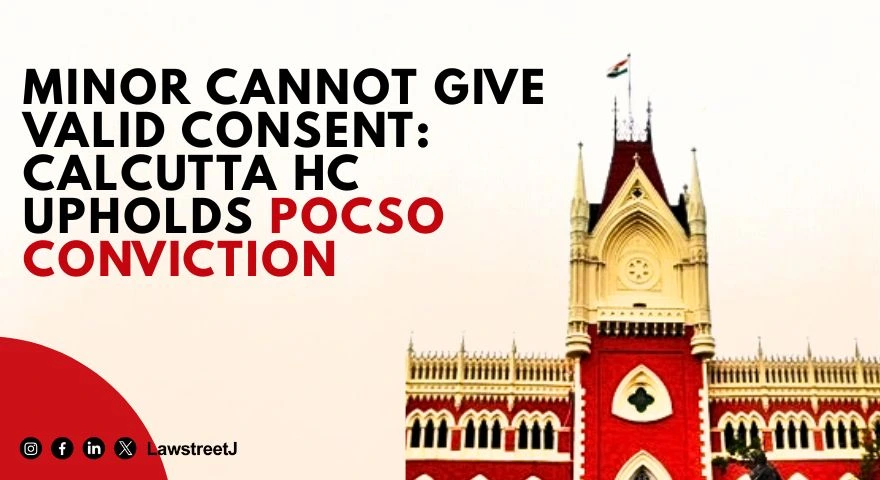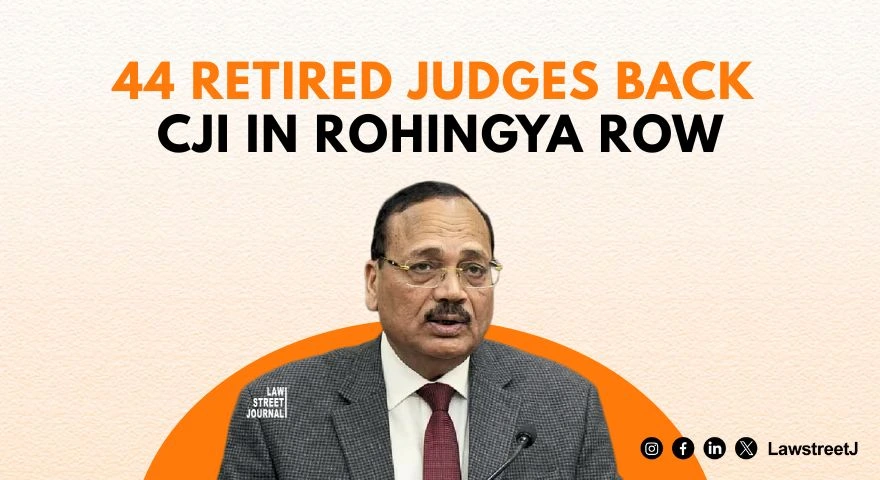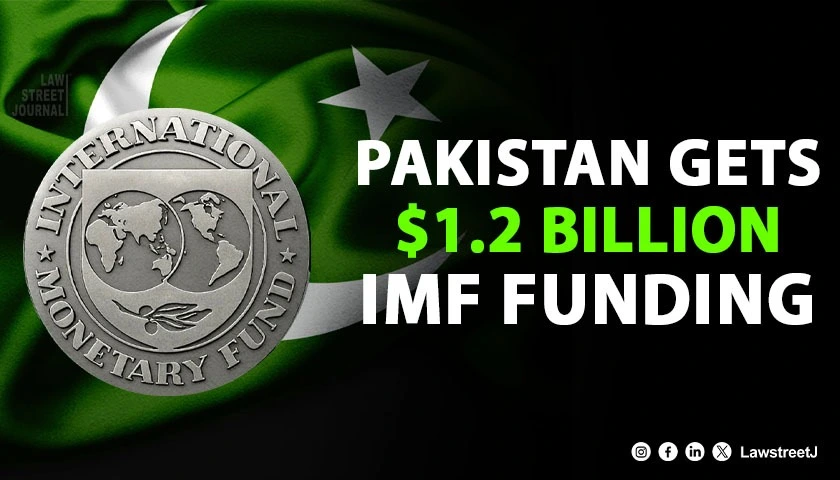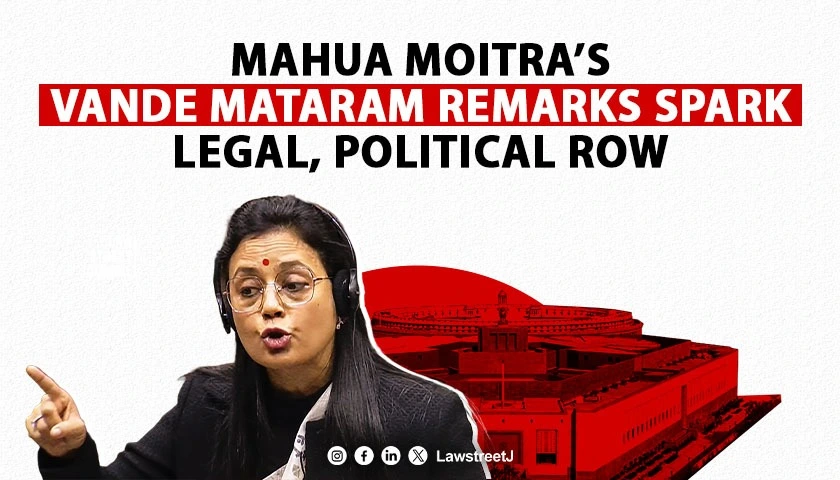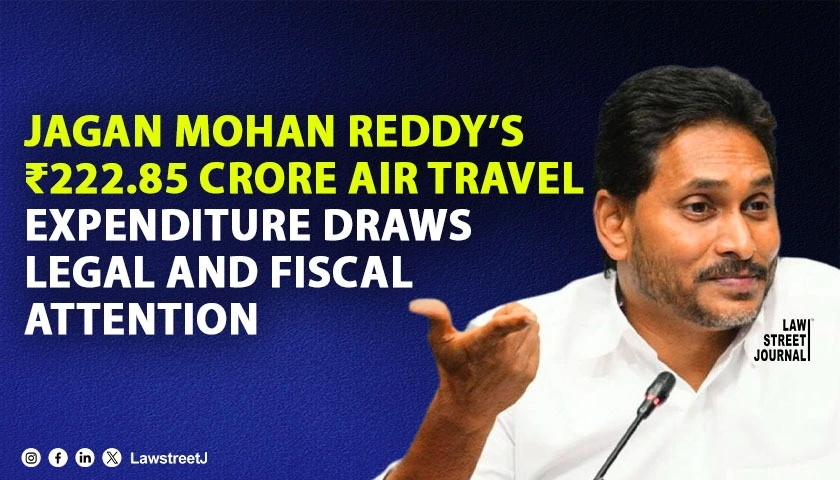On 28th April, Motor Accident Claims Tribunal, Jammu passed a judgment in a claim petition wherein it ordered the National Insurance Company to pay Rs. 88,045/- along with pendente lite and future interest @ 7.5% per annum to the claimant for the injuries suffered by him in a motor vehicle accident caused due to rash and negligent driving of the offending vehicle by its driver.
The judgment was passed on a claim petition in which it was stated that on 12.02.2013 at about 6.30 pm, near Nai Balla Camp, a motor vehicle (Nano Car) being driven by its driver herein in a rash and negligent manner, hit a scooter and caused the accident.
As a result of the accident, the claimant, who was traveling on the scooter being a pillion rider, was seriously injured and rendered permanently disabled to the extent of 5% and hence claimed compensation for the injuries sustained and disability suffered in the accident.
Challenging this judgment, the NICL filed an appeal in J&K High Court primarily on the ground that the driver was not holding a valid effective driving license at the time of the incident. Therefore, the insurance company is not liable to indemnify the insured.
Mr. Sanjay Dhar, learned counsel for the insurer, submitted that the insurer discharged its onus of proof of by leading cogent evidence and once it was proved that the license was fake, the insurer was absolved of its liability to indemnify the insured. It was further submitted that the Tribunal, after recording a finding that the license of the driver of the offending vehicle was fake, was not right in directing the insurer to pay compensation to the claimant in indemnification of the insured, i.e. owner of the offending vehicle.
The court after hearing the counsel noted that I am of the view that the ground of challenge raised by the insurer to assail the award has no substance. It is true and as is otherwise
discernible from the impugned award, the insurer had succeeded in proving before the Tribunal that the driving license possessed by the driver of the offending vehicle was fake, but it has nowhere come in the evidence or testimony of any of the witnesses of the insurer that owner of the offending vehicle had engaged the services of the driver even after being aware that the license possessed by him was fake and invalid.
The court to make the point more clear read a judgment passed by three-Judge Bench in the case of National Insurance Company Ltd vs. Swaran Singh and others, (2004) 3 SCC 297, and in which it was held that The breach of policy condition e.g., disqualification of the driver or invalid driving license of the driver, as contained in sub-section (2)(a)(ii) of section 149, have to be proved to have been committed by the insured for avoiding liability by the insurer. Mere absence, fake or invalid driving license, or disqualification of the driver for driving at the relevant time, are not in themselves defenses available to the insurer against either the insured or the third parties. To avoid its liability towards the insured, the insurer has to prove that the insured was guilty of negligence and failed to exercise reasonable care in the matter of fulfilling the condition of the policy regarding the use of vehicles by a duly licensed driver or one who was not disqualified to drive at the relevant time, and also, The question as to whether the owner has taken reasonable care to find out as to whether the driving license produced by the driver, (a fake one or otherwise), does not fulfill the requirements of law or not will have to be determined in each case.
The court stated that From a perusal of the judgment cited above, it abundantly clear that mere absence, fake or invalid driving license or disqualification of the driver to drive at the relevant time, are not in themselves defenses available to the insurer either against the insured or the third parties. To avoid its liability towards the insured, the insurer has to prove that the insured was guilty of negligence and failed to exercise reasonable care in the matter of fulfilling the condition of the policy.
Finally, the court said that the Insurer has succeeded in proving that the driving license held by the driver of the offending vehicle, at the time of the accident, was fake. However, the evidence oral as well as a documentary produced by the insurer before the Tribunal, nowhere suggests that the insured was guilty of negligence and had failed to exercise reasonable care before engaging respondent No.3 as the driver to drive the offending vehicle to find out as to whether the driving license did not fulfill the requisites of law.
And hence the court dismissed the application and said that the Appeal of the insurer is found to be devoid of any merit.

![Insurer Will Not Be Discharged ofhis Liability for Fake or Invalid Driving License: Says J&K HC [READ JUDGMENT]](/secure/uploads/2020/09/lj_3082_jk.jpg)
